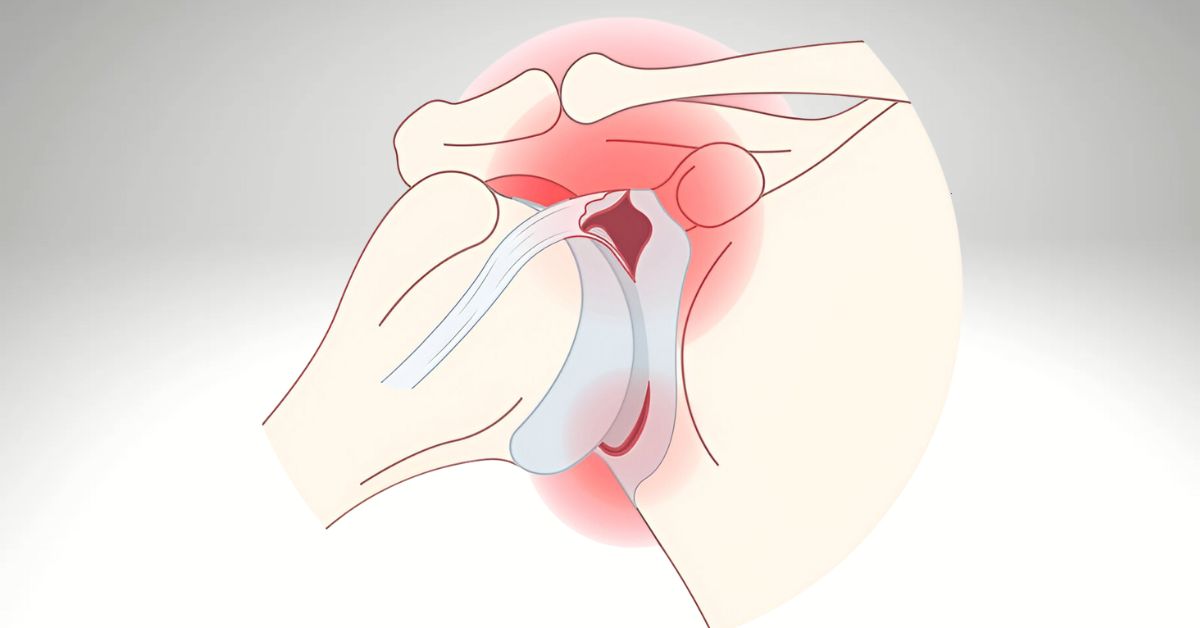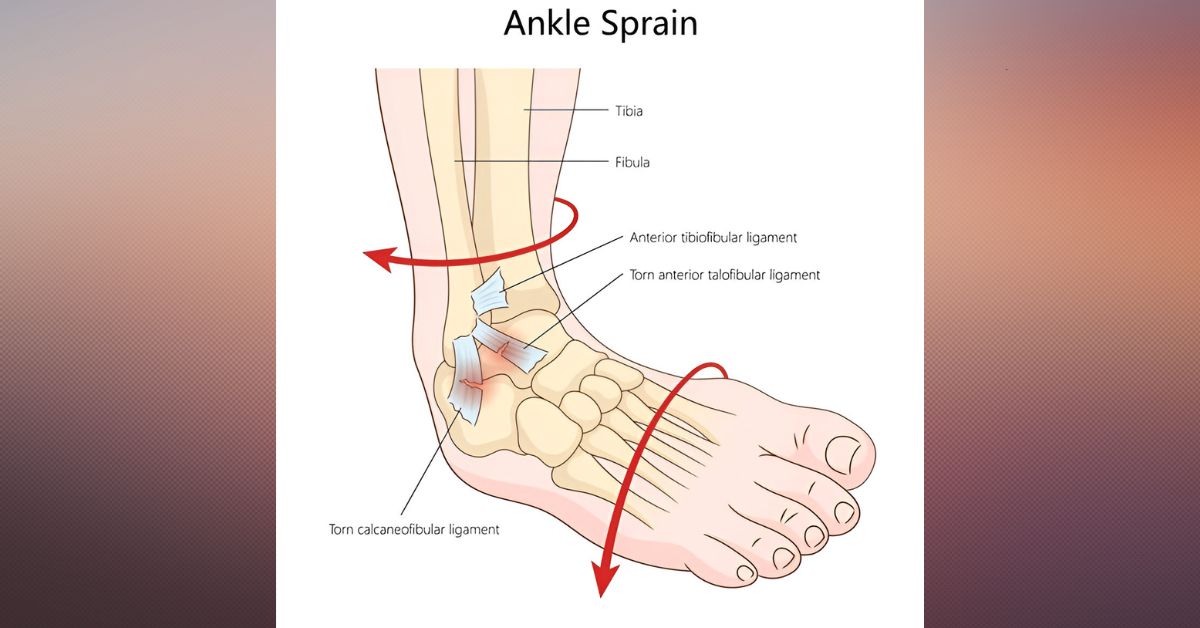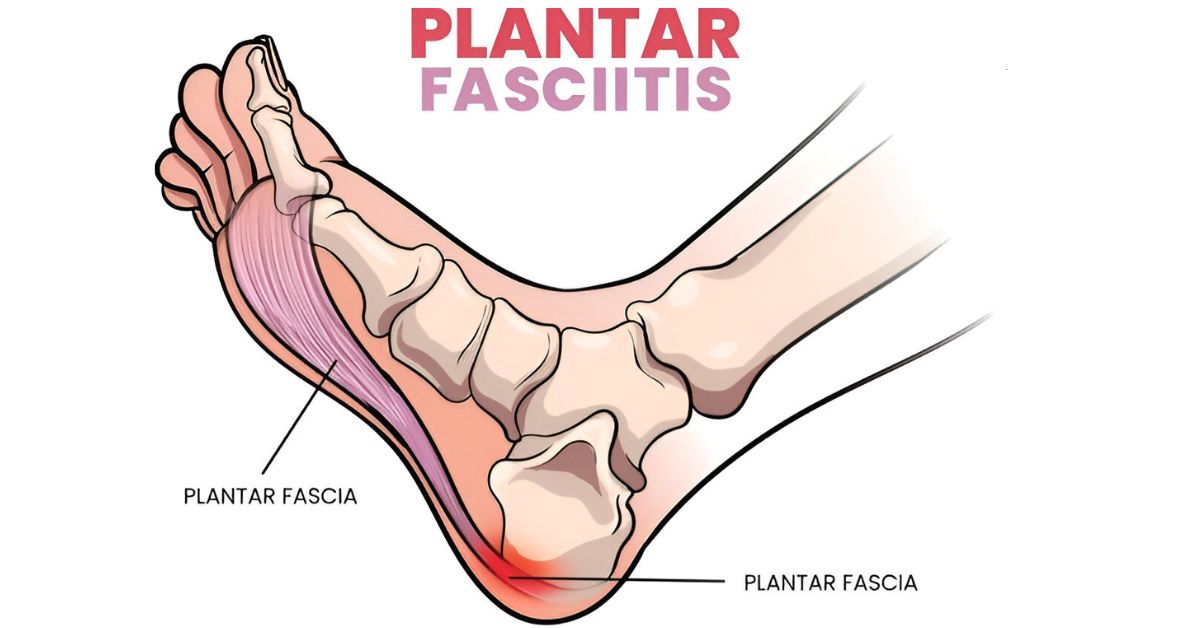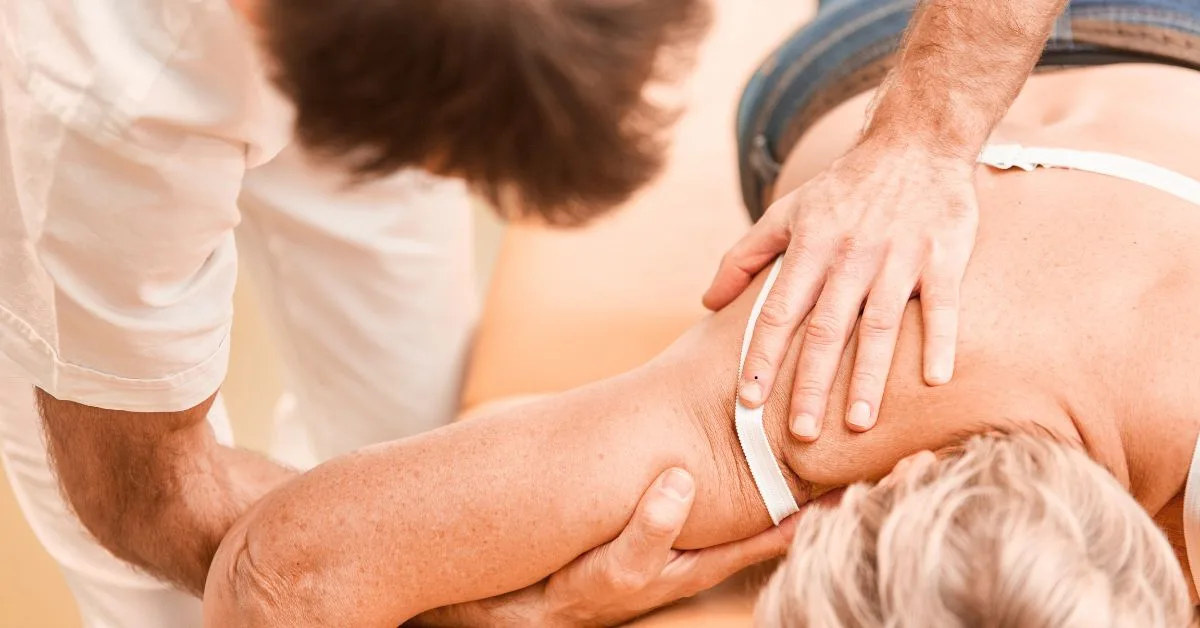Introduction Shoulder labral tears, including SLAP (superior labrum anterior-posterior) lesions and Bankart lesions, are commonly encountered in athletes and active adults. These injuries, often resulting from trauma or repetitive overhead motion, contribute to shoulder instability, dysfunction, and pain. While arthroscopy remains a treatment option for complex tears, high-quality RCTs support conservative management through physiotherapy for […]
Ankle Sprains: A Physiotherapy-Led Strategy for Acute Management and Reinjury Prevention
Introduction Lateral ankle sprains account for nearly 40% of all sports-related injuries and up to 20% of injuries in the general population. Despite being labeled “mild,” up to 33% of patients experience chronic instability, impaired proprioception, and repeat injuries. Evidence-based physiotherapy is central to both acute care and long-term recovery. Anatomical & Functional Overview The […]
Hip Osteoarthritis: A Physiotherapy-Driven Model for Conservative Management
Introduction Hip osteoarthritis (OA) is a degenerative joint disease that significantly impacts mobility, function, and quality of life. Although pharmacological management and eventual total hip arthroplasty (THA) are standard considerations, physiotherapy offers a non-invasive, evidence-based solution that can reduce pain, improve gait mechanics, and delay or prevent surgery. We invite referring physicians to consider a […]
Plantar Fasciitis: A Physiotherapist’s Perspective on Evidence-Based Conservative Care
Overview Plantar fasciitis accounts for nearly 15% of foot-related complaints in general practice (Riddle & Schappert, 2004). As a leading cause of heel pain, it frequently affects adults aged 40–60 and is often managed conservatively. Physiotherapy plays a central role in achieving symptom resolution and preventing recurrence. Pathophysiology Histological studies reveal a degenerative rather than […]
Hip Labral Tears: A Physiotherapist’s Role in Conservative Management and Pre/Post-Operative Care
Introduction Acetabular labral tears are a leading cause of chronic hip and groin pain in young adults and athletes, often associated with femoroacetabular impingement (FAI). While arthroscopic repair remains a common treatment, a growing body of RCTs supports physiotherapy as a first-line or adjunctive option—particularly for pain reduction, functional improvement, and long-term joint preservation. Clinical […]
Lateral Epicondylalgia: Evidence-Based Physiotherapy as a Primary Management Strategy
Overview Lateral Epicondylalgia (LE) is a degenerative tendinopathy affecting the extensor carpi radialis brevis tendon, presenting as lateral elbow pain during resisted wrist extension or gripping. It affects approximately 1–3% of the population, especially middle-aged adults and individuals engaged in repetitive forearm activity. While corticosteroid injections offer short-term relief, mounting RCT evidence supports physiotherapy as […]
Medial Epicondylalgia: Physiotherapy as a First-Line Treatment for Sustainable Results
Overview Medial epicondylalgia, or golfer’s elbow, is a less common but equally disabling condition compared to lateral epicondylalgia. It involves degenerative changes at the common flexor tendon origin, especially in the flexor carpi radialis and pronator teres. Evidence increasingly supports physiotherapy—including eccentric loading, manual therapy, and neuromuscular retraining—as a first-line intervention that can reduce pain, […]
Subacromial Impingement Syndrome (SIS)
Subacromial Impingement Syndrome (SIS) / Subacromial Pain Syndrome (SAPS) Introduction Subacromial Impingement Syndrome (SIS), now more inclusively termed Subacromial Pain Syndrome (SAPS), remains the leading cause of shoulder pain in primary care, accounting for 44% to 65% of shoulder-related consultations (Umer et al., 2012; Yuan et al., 2022). It encompasses a spectrum of pathologies including […]






